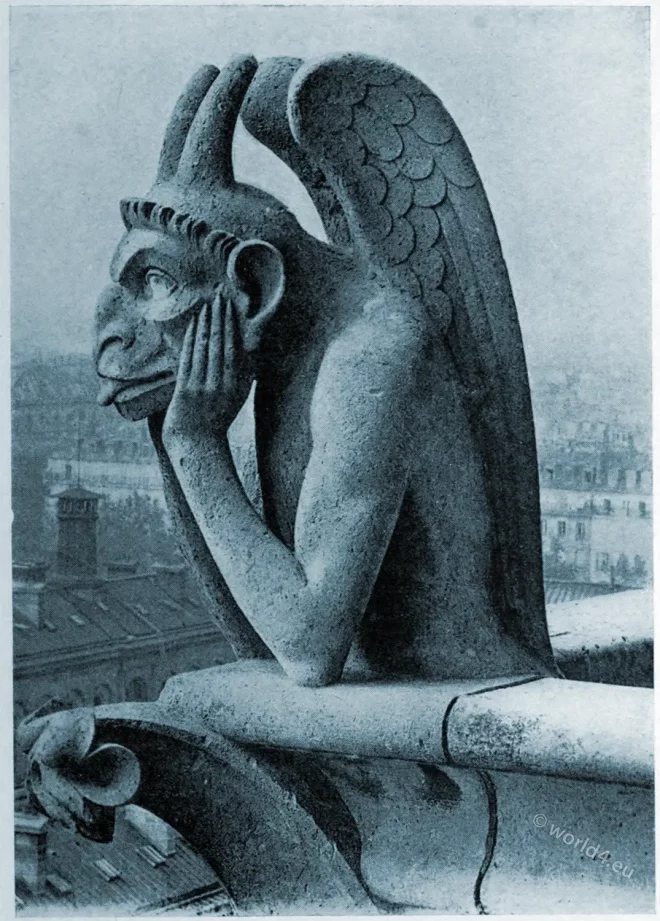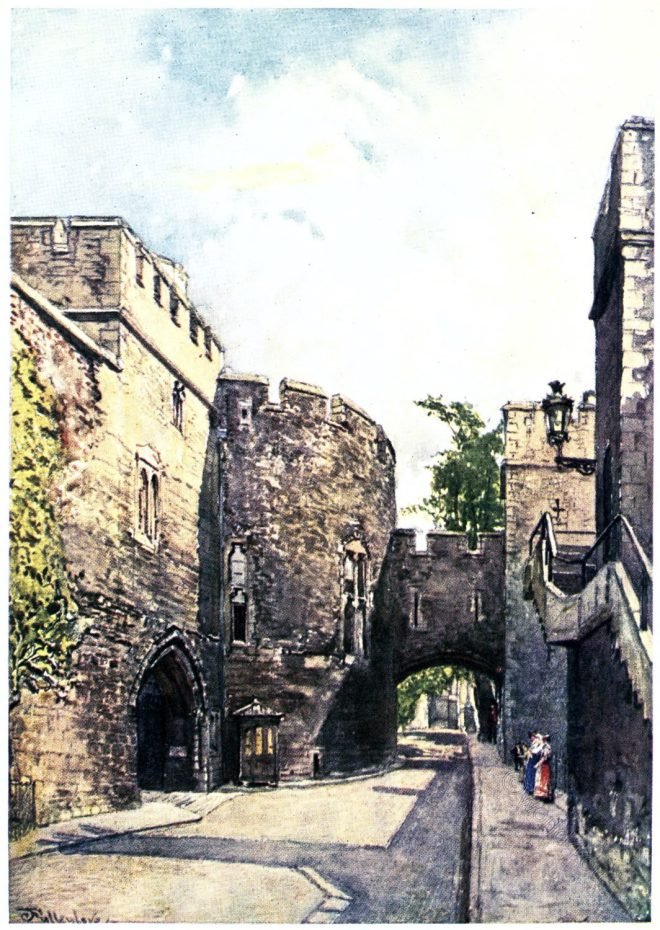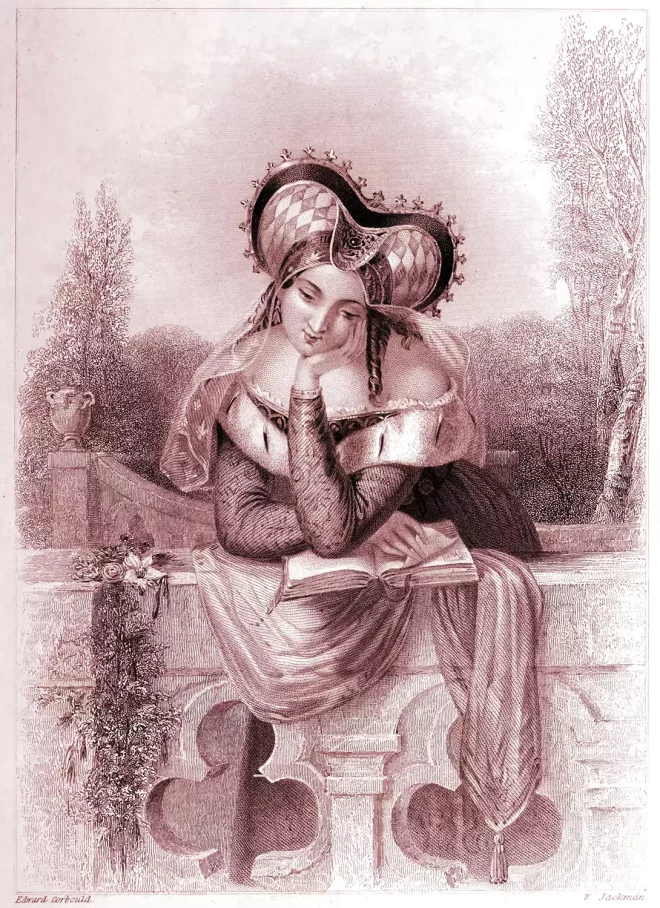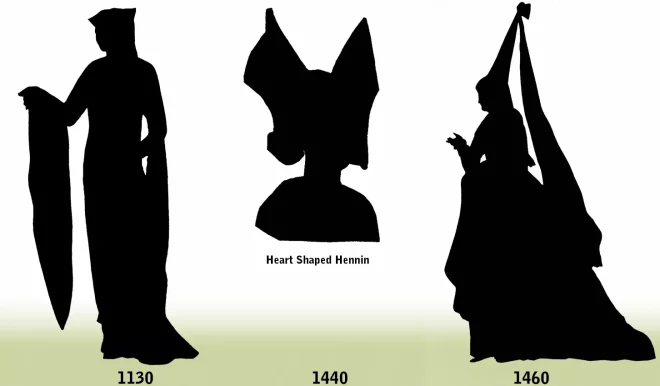Early monastic life. Mar Saba, center of earlier Greek Hymns. John of Damascus, Cosmas of Maiuma, Stephen the Sabaean
Category: Middle Ages
Middle Ages costumes and fashion. Period between 700 to 15th century. Style of Byzantine, Carolingian, Romanesque, Gothic and Renaissance.
The Hagia Sophia of Trebizond, Turkey. Byzantine Architecture.
The Hagia Sophia, former Byzantine monastic church in Trabzon. Byzantine Art, History and Architecture.
The cathedral of Notre Dame, Paris.
The history of the Cathedral of Notre Dame, one of the most ancient edifices in Paris.
The Tower of London, today guard-house for the Crown jewels.
The Bloody Tower and the Wakefield Tower, in which the Crown Jewels are kept.
German Knights Family. Medieval Garb. 13th century
German knight in chain mail, sword and shield. Knight’s son in tabard over armour and sword. Noble lady in cotte.
Dame de qualite costume of the court of Charles VII 15th century.
Noble lady with superb head-dress, bordered with fleurs-de-lys, is worthy of the court of one of the most gallant of the French princes.
Medieval Garb of German Noble Ladies and a Duke, 13th century.
German Gothic Fashion. Noble ladies in the cotehardie. Prince in the houppelande. On the history of costumes.
The Fashion of Mi-parti. Clothing of the Middle Ages.
The mi-parti, the wide bag sleeves, like the long jagged or cogged surplices are repeated here in the most varied applications and changes.
Female fashion silhouettes of the Middle Ages. 11th to the 15th Century.
This period from 1300 to 1500 was full of the eccentricities of extreme fashion.
Gardens of the Dal Lake at Srinagar in Kashmir.
Mughal gardens in Srinagar, Kashmir. Gardens of the Great Mughals by Constance Mary Villiers Stuart. Nishat Bagh, Shalimar Bagh.










